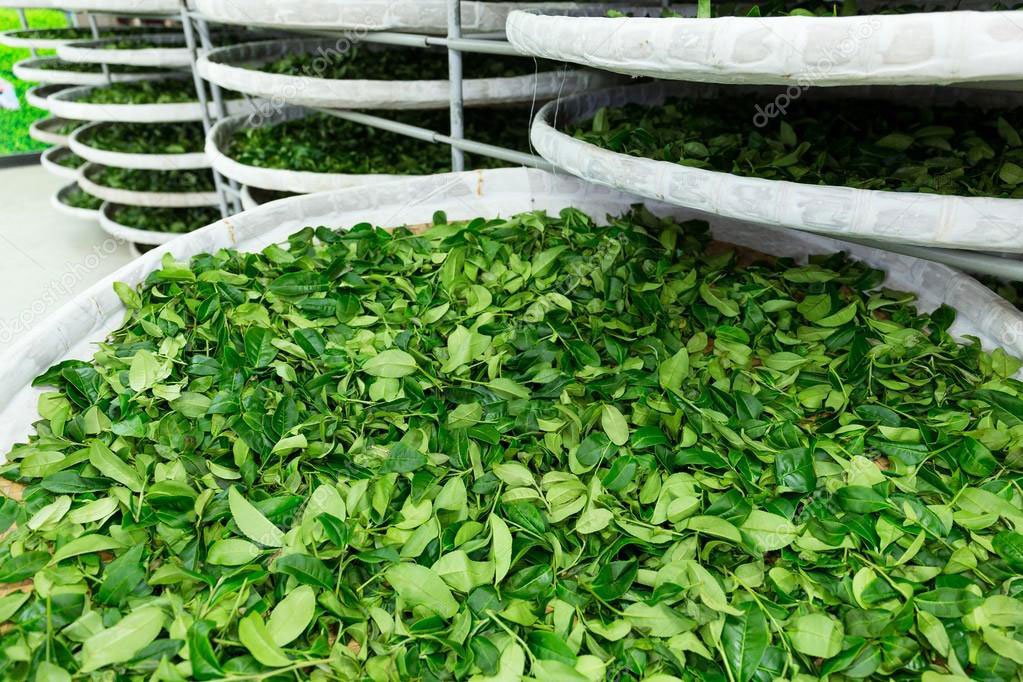
Table of Contents
Wondering how tea is made?
Most tea drinkers have no idea how their tea got to its current state found in their cups.
They probably think that the tea is planted and then plucked of its leaves, which are then dried and cut and packed for drinking.
However, tea undergoes a much more complicated process, one that includes “tea fermentation”.
Is Tea Fermented?
Tea variants include white, oolong, yellow, black, dark and green.
All these types of tea get fermented – but it is important to note that what the tea industry calls fermented tea is not precisely “fermented” but “oxidised.”
Fermentation is the chemical breakdown that takes place when microbes like bacteria, yeasts, and other microorganisms are added to particular food and drinks like wine, mead and cedar.
Oxidation is when a compound – in this case, the tea leaves – reacts to the oxygen in the air.
What Is Tea Fermentation?
When anyone in the tea industry talks about tea fermentation, they are referring to tea oxidation.
We know that all tea comes from the Camellia Sinensis plant – similar to how all wine comes from grapes.
Oxidation is what changes the taste, flavour and colour of the plant to come up with the six types of tea.
Pu’erh Tea: A special Chinese Fermented Tea
Pu’erh tea is a unique kind of tea. It comes from the Yunnan province of China and comes from tea trees that are 200 years old (and older).
What sets Pu-erh Tea apart from all other teas is that it goes through both oxidation and actual fermentation. This kind of tea is also called Post Fermented Tea.
Pu’erh tea goes through normal oxidation immediately after it’s leaves are picked when it is sun-dried and made to wither. The tea leaves are fried lightly to stop oxidation. At this point in the process, some already get sold as loose-leaf tea. However, the rest is exposed to bacteria, maybe already living within the leaves, or via the tea room, it is stored in and then eventually pressed into tightly packed balls, cakes or bricks where they begin to ferment.
If the fermented Pu’erh tea is left alone for the next 20 to 25 years, the final product is called Sshēng (raw) cha.
An exquisitely produced raw fermented tea cake this old is usually costly due to its superior taste. Some of the trees harvested to make it are hundreds of years old as well, significantly increasing its value.
Shóu (ripe) cha is also another form of Pu’erh Tea where fermentation is sped up to just two to three months.
The Benefits of Fermented Tea
Drinking fermented tea has many health benefits which is why they are quite popular, especially in the East. The antioxidants found in fermented tea boosts the immune system, reduces inflammation and promotes a healthy heart. You’ll also enjoy improved circulation and feel more energetic due to the increased caffeine.
Post Fermented Teas, like Pu-erh Tea, are an extraordinary variety of tea made even more unique because their very existence – specifically how they are processed, clears up the confusion with the terms “oxidation” and “fermentation” in tea production. They demonstrate that the art of making tea is sophisticated and complex.




